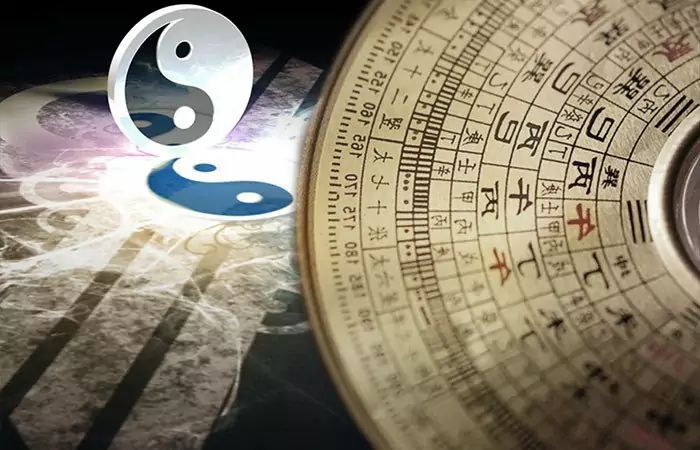History of Feng Shui Science emerged very early in human history; it can be said that almost simultaneously with the birth of humankind, people instinctively chose living locations that were sheltered by mountains and close to rivers or water sources. As early as the Zhou Dynasty, there was a process of selecting land for construction in the plains, which are fertile and suitable for agricultural cultivation. These locations were near water sources while still avoiding flooding and natural disasters. Therefore, although Feng Shui may seem mystical, it is actually very practical and closely connected to everyday life.
Throughout history, each dynasty saw scholars who continued to develop the field. However, its mystique lies in the many different schools, each based on different, sometimes even opposing, theories. To this day, there remain many ambiguities. Modern practitioners of Feng Shui need to sift through these theories, discarding what is unreasonable through practical experience, and emphasize what is most accurate and relevant to contemporary society.
Over its historical development, Feng Shui has given rise to various schools, each with its own theoretical methods and applications. Some of the major schools include:
- The Eight Mansions School (Ba Zhai): Developed and refined by Thái Kim Oanh in the work Bát Trạch Minh Cảnh. This school primarily focuses on the combination of the householder’s Kua number with directions to determine good and bad outcomes and to design living spaces.
- The Xuan Kong School: Based on the ancient art of Xuan Kong, this school uses the concept of Flying Stars, which are movements of energy originating from the Bagua, to predict good and bad outcomes. It also places significant emphasis on the concept of time-based Qi, known as Zhi Yun, to predict the fortunes of a house over time and to provide appropriate layout and renovation plans.
- The Dowsing Feng Shui School: Studies the Feng Shui energy fields and biological energy sources.
In addition to the two major schools above, there are several other schools with distinct academic characteristics and research methods, including:
- The Three Essentials of Yang House School (Yang Zhai San Yao): Initiated by Triệu Cửu Phong and later developed by Lộc Dã Phu in the works Dương Trạch Tam Yếu and Dương Cơ Chứng Giải.
- The Xuan Xue School: This is a traditional Feng Shui school passed down through oral transmission and is not widely known. It specializes in discovering and suppressing Dragon Veins, mainly applied to burial sites.
In summary, Feng Shui is an art of spatial arrangement that is highly refined. Although it contains many mysteries, understanding and applying it correctly can result in significant benefits beyond the mere intellectual and physical efforts of individuals.
